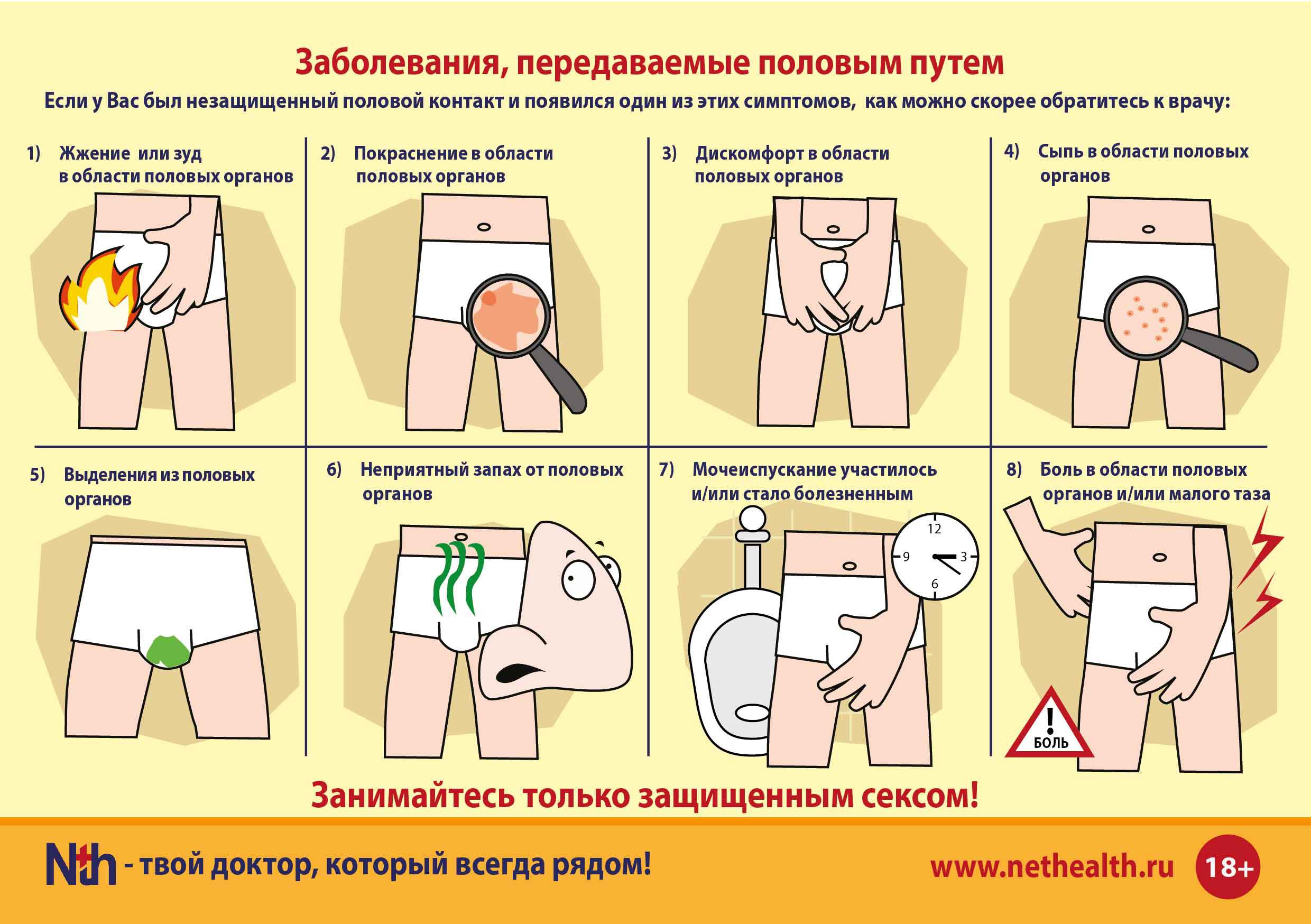The value of the tumor marker PSA in the diagnosis of prostate cancer

Determination of total prostate specific antigen in men is one of the best methods of screening for prostate cancer. The method has good sensitivity (about 70%) and allows to detect cancer at an early stage, when symptoms are absent or minimally expressed.
As a moderate increase in the level of total prostate specific antigen may be due to inflammation of the prostate, and BPH, the performance of laboratory tests it is better to be combined with the examination of the doctor performing the ultrasound examination of the prostate and the abdomen.
This will allow to avoid some mistakes that can be up to 30% of cases, moderately positive test results.
Moderate increasing say in the case where the index value above 4 ng/ml but less than 10-11 ng/ml. If it is more than 30 ng/ml is a high probability it indicates the presence of a malignant process.
In addition to total prostate specific antigen in recent years, widely used assessment of the relationship of fractions of PSA. Normal PSA levels. sum of free and bound fractions, and their ratio in plasma of human blood is such that it dominates the bound fraction, averaging a rate of about 85%.
The ratio of free PSA. /PSA. in the norm should not be less than 10-15%, its decrease indicates the increase of the level of bound fraction, which is observed for cancer of the prostate.
When applying the above ratio, the accuracy and information content of the method is greatly increased.
In conclusion I want to note that this tumor marker can be used not only for diagnostic and screening prostate cancer, but also for assessing the prognosis of this disease.












